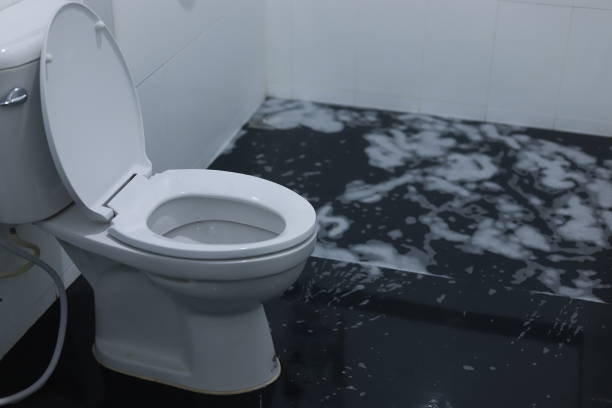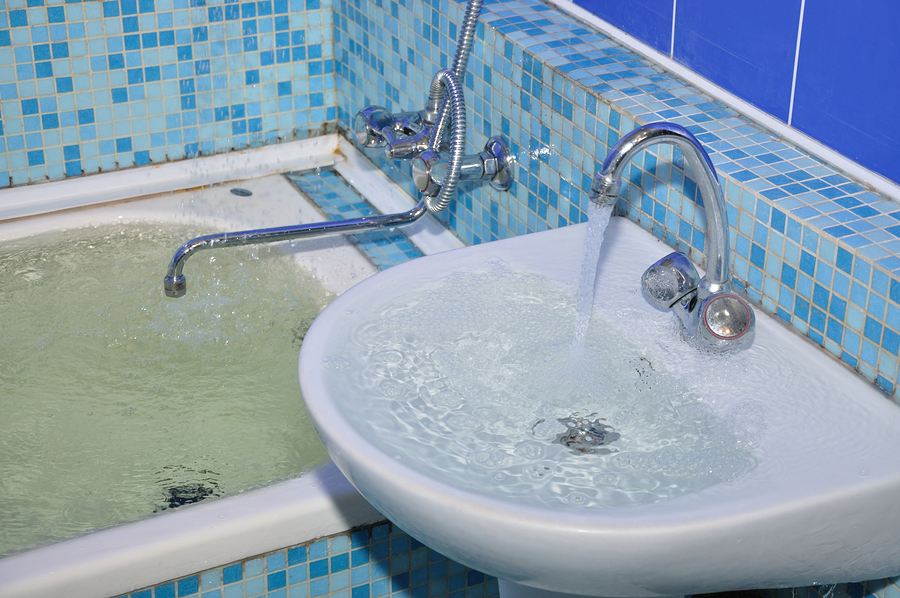Here in the next paragraph you might get lots of sound guidance relating to How to Repair and Prevent Bathroom Water Damage?.

Water damage often occurs in the bathroom due to the water made use of daily. Often, the damage could be a little mold from the shower. Various other times, it's huge damages on your flooring. Whatever it is, it is always great to know the cause as well as prevent it before it happens.
This guide will certainly experience a few of the usual causes of water damage in the restroom. We will certainly also examine what you can do to avoid these reasons from damaging your restroom. Let's dive in.
These are the typical factors you would have water damage in your restrooms and also just how you can spot them:
Excess Wetness
It's trendy to have that long shower and sprinkle water while you hem and haw and also act like you're carrying out, however often these acts can cause water damage to your restroom.
Sprinkling water around can trigger water to head to edges and form molds. Watch how you spread excess wetness around, as well as when you do it, clean it up to stop damages.
Splits in your wall tiles
Restroom wall ceramic tiles have been specifically developed for that function. They secure the wall surface from wetness from people taking showers. Nevertheless, they are not unbreakable.
Often, your shower room wall surface ceramic tiles fracture as well as enable some wetness to leak right into the wall surface. This might potentially ruin the wall surface if you don't take any type of action. If you discover a split on your wall surface floor tiles, repair it quickly. Do not wait till it damages your wall surface.
Overruning bathrooms as well as sinks
As humans, in some cases we make mistakes that could cause some water damage in the washroom. As an example, leaving your sink faucet on might trigger overflowing and damage to other parts of the restroom with moisture.
Also, a faulty commode might trigger overflowing. For example, a busted commode manage or other parts of the cistern. When this takes place, it can harm the floor.
As soon as you see an overruning sink or bathroom, call a plumbing technician to aid manage it promptly.
Burst or Leaking Pipelines
There are lots of pipes lugging water to various parts of your restroom. Some pipes take water to the commode, the sink, the taps, the shower, and several various other places. They crisscross the tiny location of the restroom.
From time to time, these pipelines might get rustic and ruptured. Other times, human activity might cause them to leakage. When this occurs, you'll locate water in the edges of your bathroom or on the wall surface.
To find this, look out for gurgling walls, mold and mildews, or mold. Call a professional emergency situation plumbing technician to fix this when it takes place.
Roofing system Leakages
In some cases, the trouble of water damage to the shower room might not originate from the restroom. As an example, a roofing system leakage could create damage to the washroom ceiling. You can find the damages done by taking a look at the water discolorations on the ceiling.
If you find water discolorations on your ceiling, check the roofing to see if it's damaged. After that, call a professional to aid resolve the concern.
Conclusion
Water damage to your washroom can be irritating. Nonetheless, you can handle it if you stop several of the causes pointed out in this overview. Call a specialist emergency plumbing professional if you notice any type of extreme damage.
How to Prevent Water Damage in Your Bathroom?
Water damage repair is an expensive, meticulous, and lengthy process. Unfortunately, bathrooms are the most susceptible rooms to water damage due to toilets, showers, and sinks. Pipes and fixtures wear out over time and are not immune to damage. But all is not lost, as there are ways to prevent water damage from occurring in your bathroom.
Check Your Plumbing
Nothing lasts forever, especially pipes, which can rust and begin leaking over time. You should periodically conduct pipe inspections and pay attention for any musty smells or water stains that may indicate you need water damage repair. Here are some things to check:
Frequently test valves for your toilet, shower, and sink to ensure they are properly working. Check faucet supply lines hidden under vanities and replace when needed. Replace cracked or deteriorating caulking along sinks, tubs, and showers. If you notice a clog in your sink, call in a professional. Since you can’t check the pipes in the wall, keep an eye out for stains, drywall bubbling, musty smells, and excess moisture; if the bathroom is on a second level, check the ceiling of the room directly below for these signs. Don’t Overwork Your Toilet
One of the most common reasons bathrooms need water damage repair is due to overflowing toilets. Save yourself the hassle of cleanup by being mindful and not pushing your toilet to extreme limits. If you have young children, it is especially important to keep an eye on them when they are in the bathroom and to teach them how to avoid clogging the toilet. Here are some more tips to help prevent your toilet from overflowing:
If you have a septic tank, only use septic-safe toilet paper Do not flush anything down the toilet besides toilet paper; items like diapers and sanitary napkins will clog the piping Pay attention to your toilet’s water level: If it’s low, it could mean it is partially clogged or that there is a crack in the toilet bowl https://www.alure.com/home-improvements-blog/resources/how-to-prevent-water-damage-in-your-bathroom

I'm just very focused on How to Repair and Prevent Bathroom Water Damage? and I am hoping you liked the blog post. Sharing is nice. Helping people is fun. Bless you for your time. Come back soon.
Schedule A Service